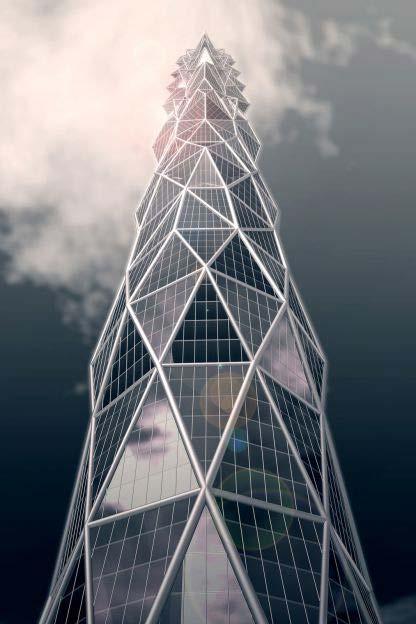
1 minute read
Optimizati O n Buildings’ F O rm tall
Seismic Architecture View
Designing a tall building is a complex task due to the wide variety of design factors. Today, parametric-based CAAD tools give architects the possibility of generating complex forms for tall buildings, with control over gravity and lateral load paths, the ability to monitor their responses to form changes, and finally generating the optimum form based on a specific governing criterion. In fact, the generative and creative potential of parametric CAAD tools is opening up new methods of design in the architectural design context. Performance-based design (PBD) is a method based on building parametric design techniques in which performance becomes a guiding criterion to generate wide variety of alternatives that are optimum based on the corresponding performance. In this design method, numeric design assessments related to the learning process. (PDF) Generative Design Workflow for Seismic-Efficient Architectural Design of Tall Buildings; A Multi-object Optimization approach. Available from
Goal Generating Earthquak Resistance Tower Morphology in Tehran
Objectives
High Density
Seismic stability
Light-weight struture
Fitness-functions
Maximizing the Foot-print
Minimizing Structural Weight
Minimizing Global Displacment
Minimizing Overturning Moment
Phenotype Tower Morphology(2D Plan and 3D Form)
Genotypes 2D Geometry
Floors' Dimention
Floors' Rotation
Structural Division on x, y, z axis
Total Height
Total Floor Number
Constrain Inter-story Drift



